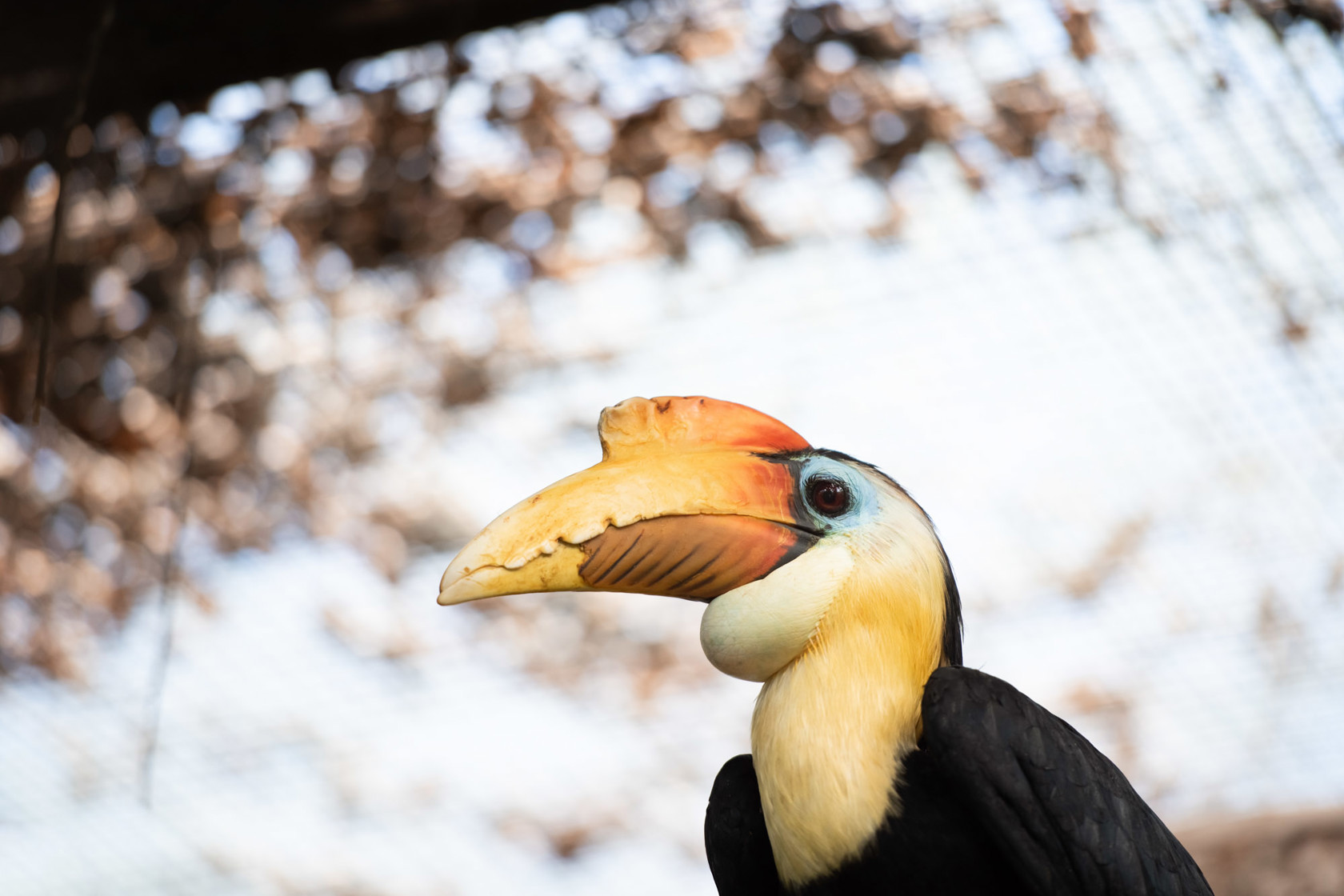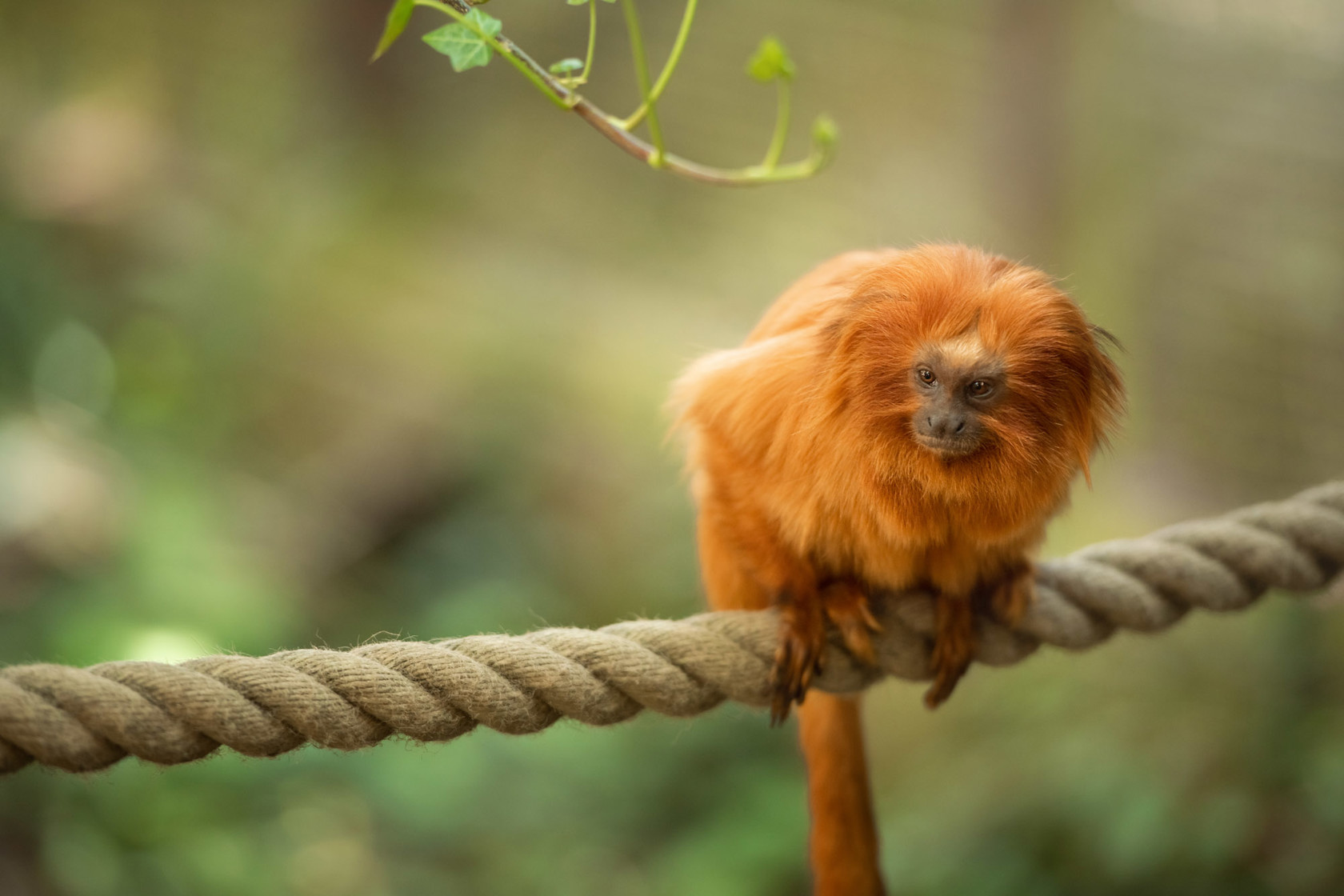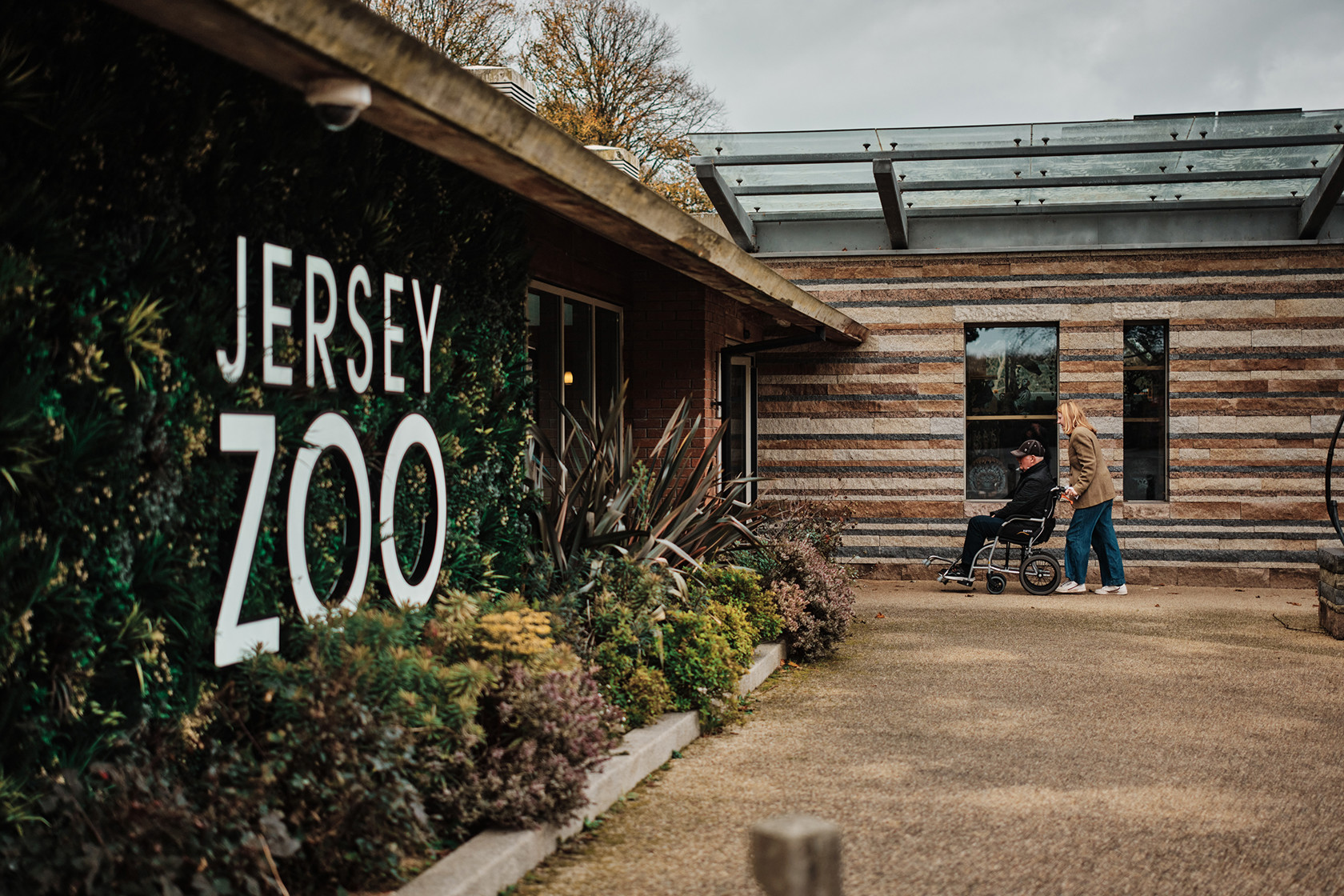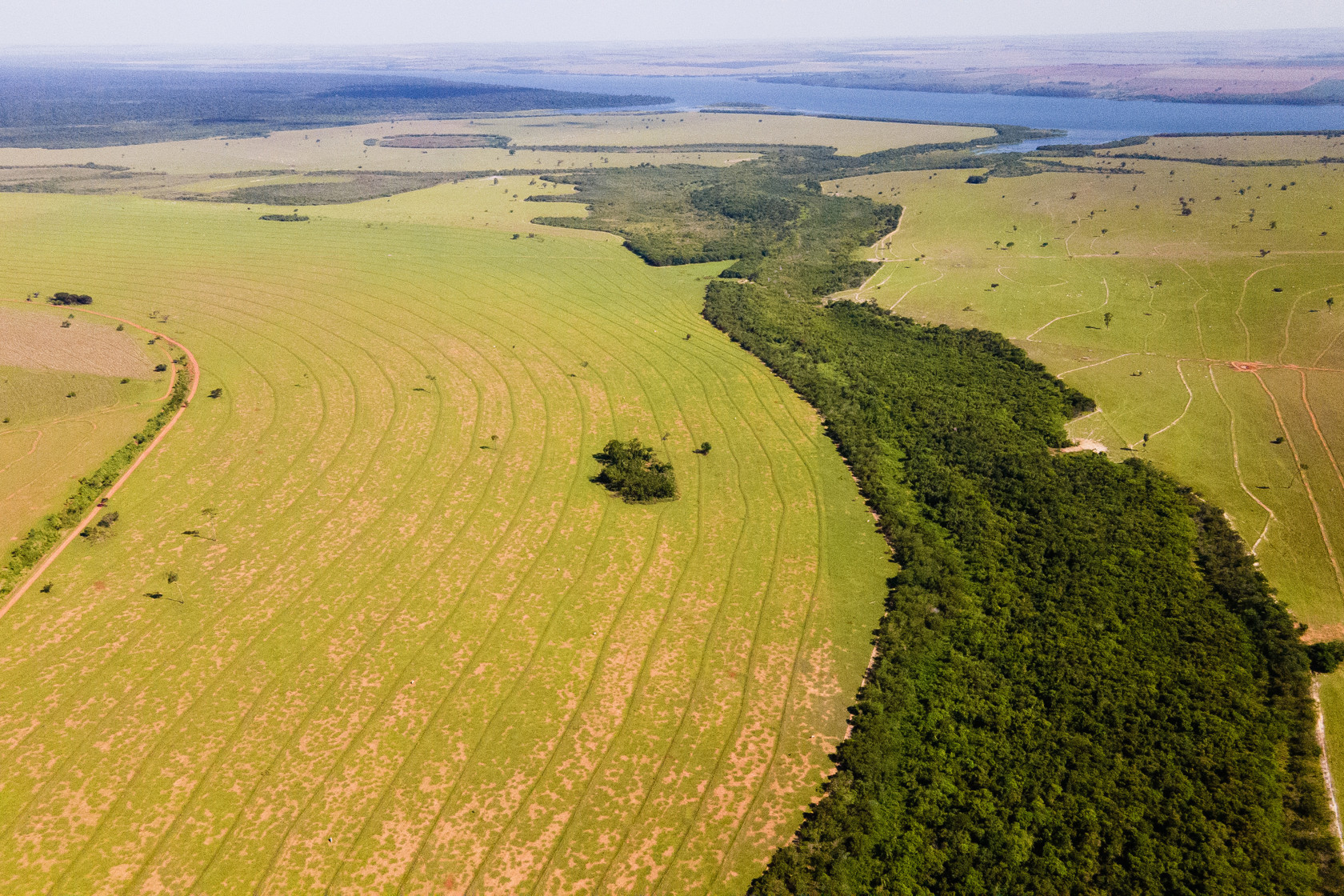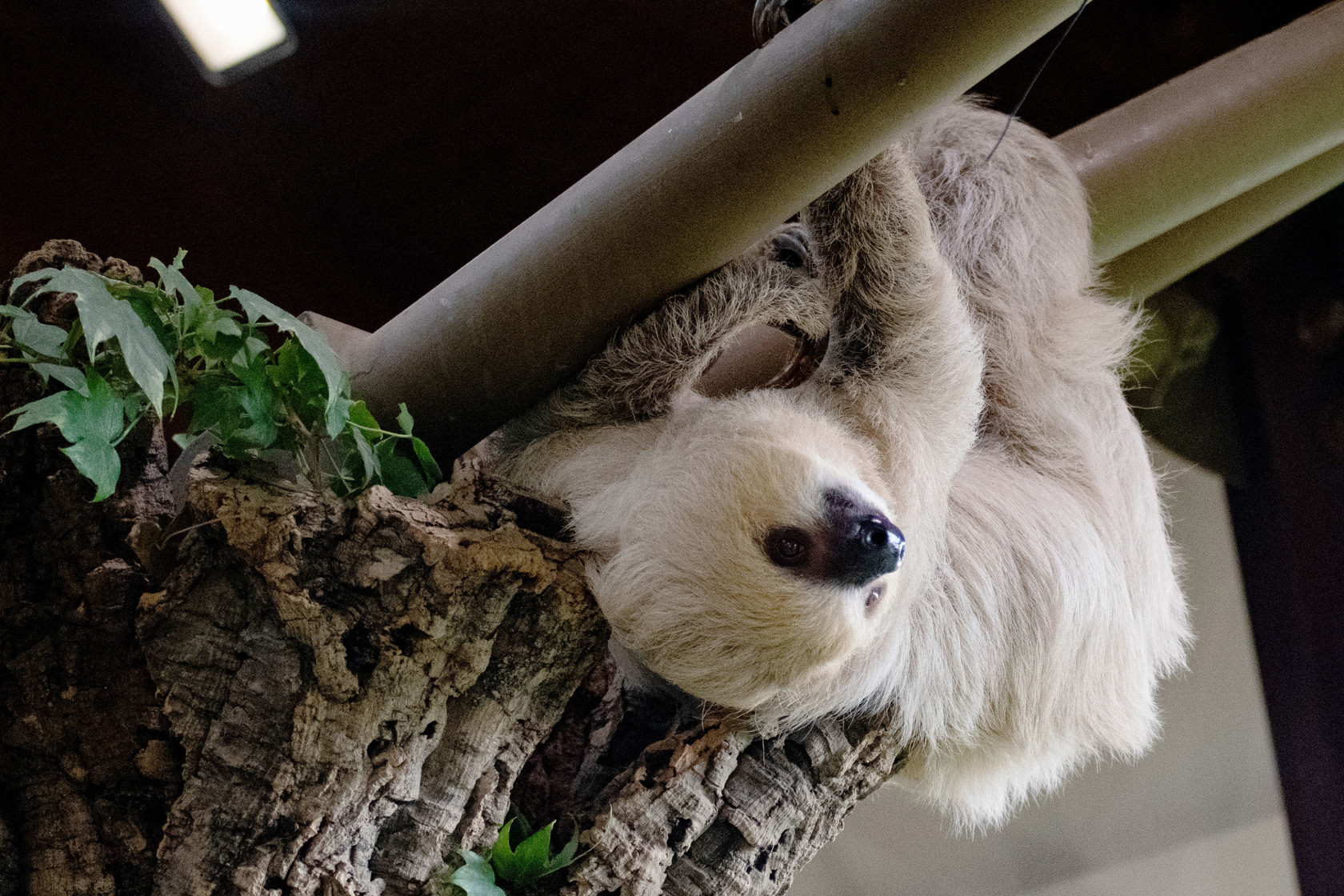Eyes in the sky: using drones to monitor lemur populations
The highly threatened Alaotran gentle lemur is the only primate to live exclusively over water. Hidden in the marshes surrounding Madagascar’s largest lake, Lac Alaotra, the lemurs are under threat from the illegal burning of their habitat for conversion to rice paddies.
Until now, monitoring the Alaotran gentle lemur population has been conducted primarily by canoe. Traditional canoe surveys are very limiting as they are restricted to just a few narrow canals used by local fishermen. The lemur’s dark fur also makes it particularly difficult to spot among the dense marsh, even for the trained eyes of local Durrell staff.
Early last year, a team of conservationists, alongside researchers from Liverpool John Moores University, visited Lac Alaotra to trial the use of drone-based thermal infrared cameras as a new way of monitoring the lemurs. Thermal or infrared imaging is the process of taking digital pictures with a specialised camera, which records infrared or heat radiation as opposed to visible light. In short, the drone would fly over large areas of otherwise inaccessible marsh and detect the lemurs from their body heat, making them much easier to spot and allowing the team to obtain more accurate estimates of their population size.
The results of the trial were promising. In a single 20-minute flight, the drone was able to cover a greater area of the marsh than a canoe team could cover in two days, hugely increasing the efficiency of the surveys.
During the trial, the team also organised community events where they were able to show drone footage of the villages surrounding the marsh. Durrell’s conservation efforts in Alaotra are community-based, so events like these are essential in fostering goodwill among the local people. Due to the success of this trial, the team received a large research grant to continue the development of this monitoring system.
This trial was made possible thanks to a gift left to Durrell by UK supporter Nick Legon. Nick’s legacy enabled Durrell to purchase the drone and infrared camera equipment, and also send the team to Madagascar to carry out the trial. The infrared drone is already having a measurable impact on Durrell’s work towards rebuilding healthy wetlands for wildlife and the people that rely on them. The team is hopeful that, in the longer term, this exciting technology can be adapted for use at other sites and with other species in Madagascar.
Photo credits: Chris Scarffe & Mike Hudson
Until now, monitoring the Alaotran gentle lemur population has been conducted primarily by canoe. Traditional canoe surveys are very limiting as they are restricted to just a few narrow canals used by local fishermen. The lemur’s dark fur also makes it particularly difficult to spot among the dense marsh, even for the trained eyes of local Durrell staff.
Early last year, a team of conservationists, alongside researchers from Liverpool John Moores University, visited Lac Alaotra to trial the use of drone-based thermal infrared cameras as a new way of monitoring the lemurs. Thermal or infrared imaging is the process of taking digital pictures with a specialised camera, which records infrared or heat radiation as opposed to visible light. In short, the drone would fly over large areas of otherwise inaccessible marsh and detect the lemurs from their body heat, making them much easier to spot and allowing the team to obtain more accurate estimates of their population size.
The results of the trial were promising. In a single 20-minute flight, the drone was able to cover a greater area of the marsh than a canoe team could cover in two days, hugely increasing the efficiency of the surveys.
During the trial, the team also organised community events where they were able to show drone footage of the villages surrounding the marsh. Durrell’s conservation efforts in Alaotra are community-based, so events like these are essential in fostering goodwill among the local people. Due to the success of this trial, the team received a large research grant to continue the development of this monitoring system.
This trial was made possible thanks to a gift left to Durrell by UK supporter Nick Legon. Nick’s legacy enabled Durrell to purchase the drone and infrared camera equipment, and also send the team to Madagascar to carry out the trial. The infrared drone is already having a measurable impact on Durrell’s work towards rebuilding healthy wetlands for wildlife and the people that rely on them. The team is hopeful that, in the longer term, this exciting technology can be adapted for use at other sites and with other species in Madagascar.
Photo credits: Chris Scarffe & Mike Hudson

